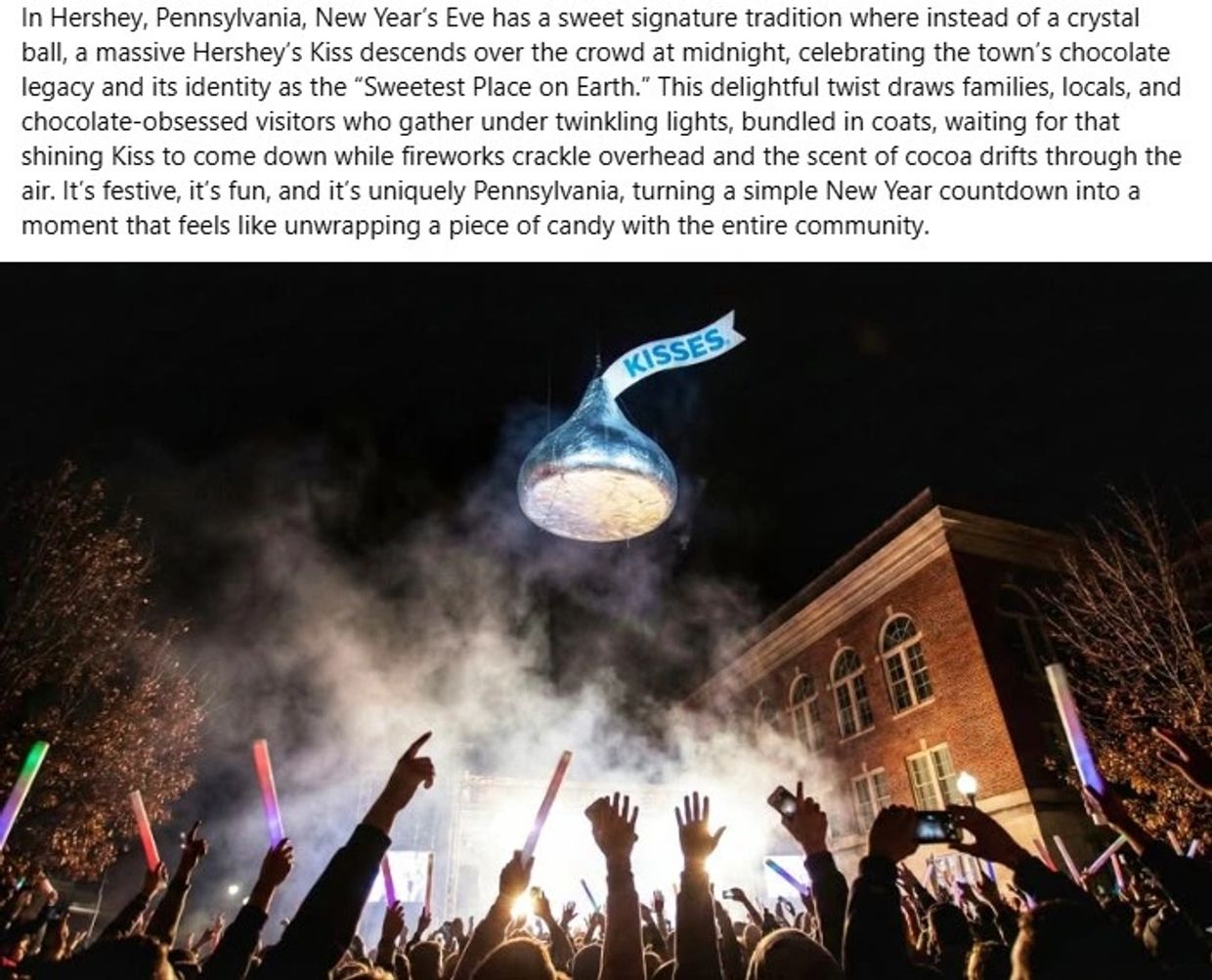Noteworthy
New Year's Traditions

Should Auld Acquaintance Be Forgot?
[The Book of Unusual Knowlege]
Every December 31st as the clock strikes midnight, English-speaking people all over the world sing Auld Lang Syne to herald the New Year. Although few people can claim to know all the words, or indeed what they mean, even fewer know the history of this New Year's Eve tradition.
The song itself dates as far back as the 17th century but the custom of singing it at the start of a new year didn't begin until the 1930s. Scottish poet Robert Burns first published Auld Lang Syne in the mid 1790s, though the earliest mention of this traditional Scottish folk tune was made more than 100 years earlier. Translated from the Gaelic, Auld Lang Syne literally means "old long since," but in this context it is better translated as "times gone by." The opening verse of the song asks if old friends and old times should be forgotten; the chorus answers no - we should take a drink of kindness and remember the times gone by.
The poignant sentiment and old-fashioned tune fit perfectly with the dawn of a New Year, but it wasn't Burns who transformed the song into a New Year's Eve anthem. The musician Guy Lombardo first played Auld Lang Syne a few minutes before midnight at a New Year's Eve party in New York City in 1929. He and his orchestra were regulars on the New Year's Eve radio - and then television - programs for the next 50 years.
Lombardo's New Year's Eve show became so popular that the TV Networks CBS and NBC competed over its broadcast rights. As a compromise, CBS broadcast the show until midnight and NBC took over afterward. This prompted Lombardo to play Auld Lang Syne at the stroke of midnight to signal the end of the old year and the start of the new.

New Year's Eve Drops
The highlight of the first night event in Atlanta is the dropping of an 800 pound Peach.
Celebrators in Key West, Florida ring in the New Year in three ways: By dropping a conch shell, or a pirate wench from the mast of a tall ship, or a 6-foot- all red high-heeled shoe carrying a drag queen.
Known as the Walleye Capital of the world, Port Clinton, Ohio, drops a 20 foot, 600 pound walleye each year at midnight. During the celebration, the town serves walleye chowder, walleye sandwiches, walleye cinnamon chips, and walleye popcorn. A local winery has even created a "walleye white."
In 2000 the fishing community of Point Pleasant New Jersey wrapped a 10 foot wooden replica of an Atlantic bait fish. The fish, dubbed Mow the Millennium Moss Bunker, was covered with 1500 Mylar Scales.
The sardine is dropped in Eastport Maine the 22 foot structure is made of lumber and chicken wire and is decorated with silver lame. Between appearances, it is stored at a restaurant called the Pickled Herring.
Local New Year's Eve Traditions







Is It Midnight Yet? Happy New Year!
This website uses cookies.
We use cookies to analyze website traffic and optimize your website experience. By accepting our use of cookies, your data will be aggregated with all other user data.